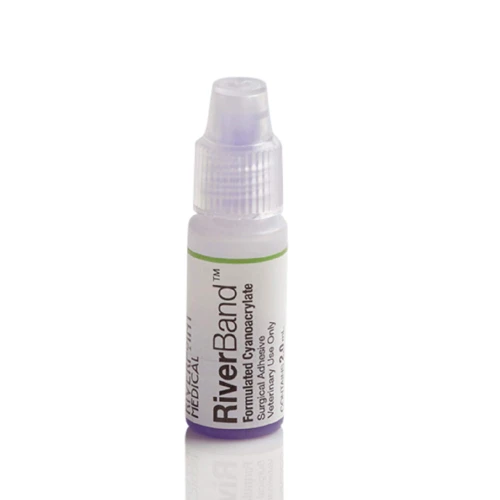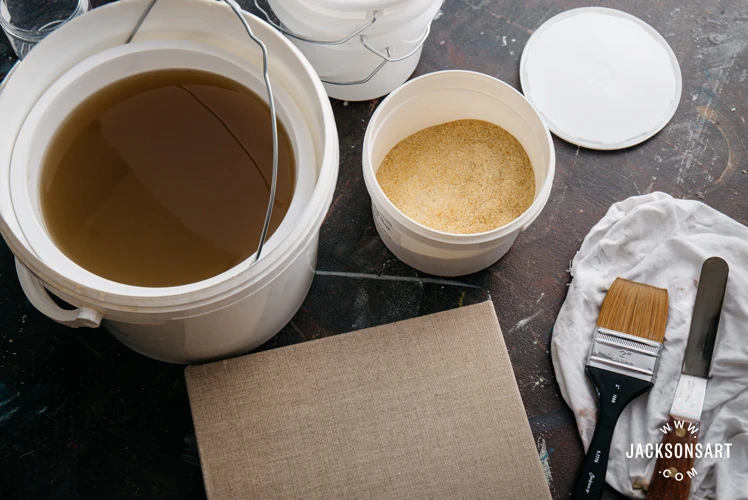In the ever-evolving field of healthcare, innovative solutions for healing and recovery are constantly being sought after. One such innovation is skin glue, a medical breakthrough that has transformed the approach to wound closure. This topical adhesive has become a staple in operating rooms and clinics around the world, providing an alternative to traditional methods of stitching and bandaging.
The Role of Cyanoacrylate in Medicine
Cyanoacrylate, the main component of skin glue, is a powerful adhesive that was discovered for its unique bonding properties. In medicine, it serves as a quick and reliable method for sealing wounds. Upon application, it undergoes a rapid polymerization process, creating a strong bond that holds skin edges together, which significantly simplifies the healing process.
Skin Adhesive Benefits for Wound Closure
When we consider skin adhesive benefits, several advantages come to the forefront. Not only does surgical adhesive minimize scarring by neatly approximating wound edges, but it also reduces the risk of infection by creating a barrier against bacteria. Furthermore, patients appreciate the comfort and speed of application, which eliminates the need for needle and thread, leading to a less intimidating experience.
The Science Behind Surgical Adhesives
Understanding the scientific foundations of surgical adhesives is essential in comprehending their effectiveness. These substances are meticulously engineered to meet the demands of the human body, ensuring they are strong enough to hold tissue together yet gentle enough to not cause irritation or delay the body’s natural healing processes.
How Skin Glue Facilitates Healing with Skin Glue
Healing with skin glue is achieved through its ability to rapidly bond and support the natural regenerative process. The adhesive acts as a scaffold, allowing cells to migrate and connect across the wound. This not only promotes quicker healing but also results in a reduced inflammatory response when compared to stitches or staples.
Tissue Adhesive Versus Traditional Sutures
Comparing tissue adhesive to traditional sutures reveals distinct differences. Sutures may provide a stronger physical hold, but they can also introduce a higher risk of infection and often require a follow-up visit for removal. In contrast, skin glue naturally degrades as the wound heals, making it a less invasive and more patient-friendly option.
Appropriate Usage of Skin Glue
The application of skin glue should be considered on a case-by-case basis. While it offers numerous advantages, it is not suitable for all types of injuries. Understanding when and how to use this surgical adhesive is crucial for its success as a wound closure agent.
Skin Glue Usage in Different Types of Injuries
Skin glue usage varies depending on the nature and location of the injury. It is ideal for clean, minor cuts and incisions that are not under tension. Areas of the body that bend or stretch frequently may not be the best candidates for skin glue, as the constant movement can disrupt the adhesive bond.
Medical Glue for Cuts: A Safe Alternative?
Medical glue for cuts is considered a safe alternative to sutures, particularly for superficial lacerations. Its ease of use and the minimal pain involved make it a preferred choice for both pediatric and adult patients. Nonetheless, it’s important to assess each wound’s suitability for adhesive use, weighing factors such as depth and location.
Application Techniques for Skin Glue
The effectiveness of skin glue is largely dependent on the technique used during its application. Properly applying the adhesive can greatly influence the outcome of the wound healing process, making it imperative for healthcare professionals to follow recommended guidelines.
Step-by-Step Guide for Applying Skin Glue
- Clean and dry the wound area thoroughly.
- Approximate the wound edges carefully.
- Apply the skin glue in a thin layer across the wound.
- Hold the edges together for a few seconds to ensure a strong bond.
- Avoid applying pressure or disturbing the wound for several minutes.
Ensuring Effective Wound Closure with Skin Glue
To ensure effective wound closure with skin glue, it’s crucial to avoid contaminating the adhesive with blood or other fluids. Additionally, after application, the wound should be kept dry and protected from excessive movement to maintain the integrity of the adhesive bond.
Post-Surgery Care with Skin Adhesive
Post-surgery care is an integral part of the recovery process when skin adhesive is used. Proper maintenance of the wound site can greatly affect healing times and the final appearance of the scar.
How Long Does Skin Glue Stay On After Surgery?
Typically, skin glue remains on the wound for approximately 5 to 10 days. During this time, it provides continuous support to the wound, eventually peeling off on its own as the epidermal layer regenerates beneath it.
Tips for Post-Surgery Care with Surgical Adhesive
- Keep the wound dry for at least 48 hours post-application.
- Avoid applying creams, lotions, or ointments over the glue.
- Do not rub, pick at, or peel off the adhesive.
- Protect the wound from prolonged exposure to sunlight.
When to Seek Medical Help
While skin glue is generally safe and effective, it is vital to be vigilant for signs of complications. Promptly seeking medical help when necessary can prevent infections and other adverse outcomes.
Signs That Indicate Complications with Skin Glue
Complications with skin glue may include increased redness, swelling, or discharge from the wound site. If the glue prematurely peels off or the wound reopens, it’s essential to contact a healthcare provider.
When to Contact a Healthcare Professional
If there’s any concern about the healing process or if symptoms of infection such as fever or severe pain occur, it’s important to reach out to a healthcare professional immediately. Timely intervention can be crucial in preventing further complications.
When it comes to adhesives, there are various types with specific uses, from household fixes to personal care. If you’re curious about how different adhesives function, take a look at our informative articles. For instance, our piece on how Gorilla Glue works delves into the mechanics behind one of the strongest household glues available. On the more personal side, if you’re wondering about medical adhesives, our article on how to apply skin glue is a great resource for understanding how to use this product for minor cuts and wounds. And for beauty enthusiasts, our explanation on how glue-in hair extensions work will help you grasp the process behind achieving longer, fuller hair with the help of adhesives.
Conclusion: The Future of Skin Glue in Healthcare
The advent of skin glue represents a significant milestone in the field of wound management. As technology advances, we can anticipate further enhancements in the formulation and application of surgical adhesives, solidifying their role in modern medicine. The future of skin glue in healthcare looks promising, with the potential to revolutionize post-surgery care and improve patient outcomes.



